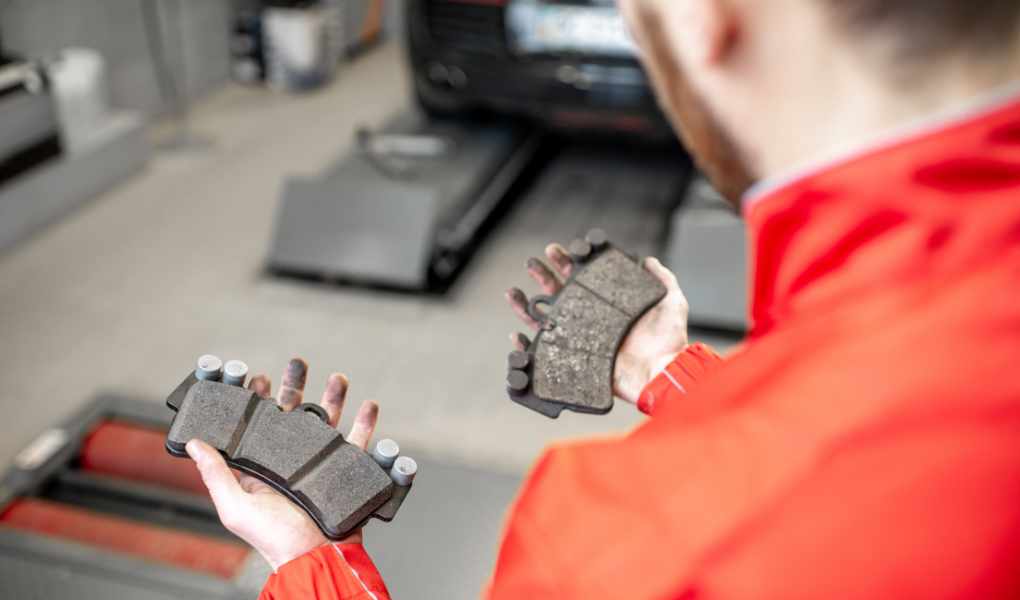Replacement brake pads are a staple of car maintenance for many automobiles. To slow down on the road, vehicles constantly use the brakes, which generate friction. Because of this, they deteriorate far faster than any other part of the cap. If you need new brake pads for your automobile, this article will go over some things to keep in mind.
Table of Contents
Subcompacts And Hatchbacks
For hatchbacks, compact sedans, and other vehicles of a comparable size, organic or semi-metallic brake pads are adequate. The choice you choose should be based on your individual requirements. If you care more about how long your purchase will last, go with a semi-metallic material, but if you care more about quiet, low-volume operation, organic is the way to go.
Automobile Used By Commuters
For vehicles of a medium size or larger, semi-metallic brake pads are the best option. They might provide you with enough features at a reasonable price. However, if you often drive in extreme temperatures or want the highest level of performance, ceramic brake pads are your best option.
Sportier Or More Performance-Oriented Automobiles
To achieve the best possible balance between performance and durability, many modern sport sedans and coupes now come equipped with ceramic brake pads as standard equipment. Except for their high cost and poor effectiveness in the cold, ceramic brake pads don’t really have any downsides. Sintered brake pads work well in most weather conditions, can withstand high temperatures, and have exceptional wear-resistance, making them a good alternative for high-performance vehicles like race cars.
Carrying Capacity-Increased Automobiles
Brakes with increased stopping strength are needed for larger loads. The greatest option for stopping power would be thick metal pads. Vehicles of this kind benefit greatly from pads that can resist high temperatures as well as heavy, repeated use.
Caused By The Weather
In wet or cold conditions, certain brake pads fail to perform as expected. At temperatures below freezing, the metal ones will not function properly. Ceramic brake pads need a higher initial temperature to become effective, but once they do, they can function in a broader range of temperatures. When compared to highway driving, how frequently do you find yourself in heavy city traffic? Low-metallic NAO brake pads are essential for the many stops and starts you’ll be doing on your daily journey.
Friction Dust
The brake dust produced by certain brake pads is an environmental hazard. In contrast, modern brake pads often use non-toxic materials. Ceramic brake pads reduce brake dust significantly.
Consider The Price
Costlier ones have longer service lives, more stopping power, and less noise during operation. The most expensive brake pads are made of a ceramic material. Sintered-material brake pads are often more expensive. Replacement organic brake pads are inexpensive and widely available. Semi-metallic pads are an optimal compromise between organic and ceramic brake pads.
Because Of Technological Considerations
Manufacturer-specific design and production methods are the ultimate determinants of a product’s performance and reliability. There are many different manufacturers out there, so picking a technology might be challenging. If you want to be the most technically competent person in the room, you should use only tested products.
Also Read: Debunking 5 Myths About Marketing Automation



